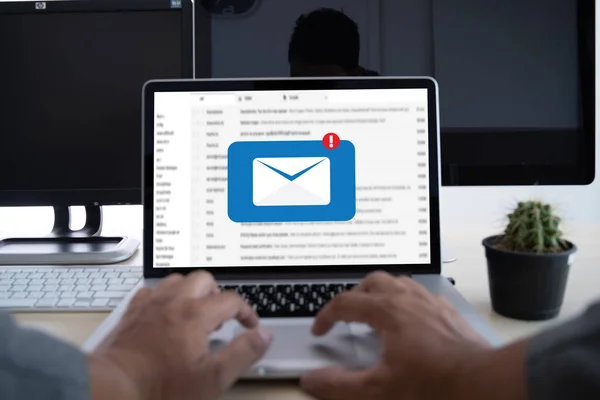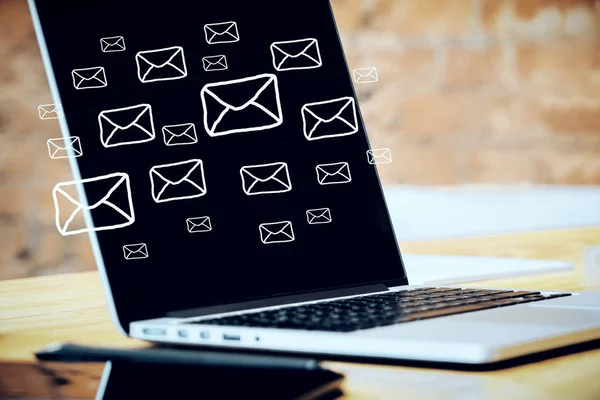What Is DMARC? How To Implement And Benefit From DMARC Policies
In the realm of cybersecurity, organizations constantly seek ways to bolster their defenses against email-based threats. One such essential tool in their arsenal is DMARC, which stands for Domain-based Message Authentication, Reporting, and Conformance. DMARC is a protocol designed to combat email spoofing, phishing, and other fraudulent activities by providing a framework for email authentication and policy enforcement. This article delves into the intricacies of DMARC, its implementation, and the benefits it offers to organizations.
Understanding DMARC
Defining DMARC
DMARC is a technical specification that allows email senders to instruct email receivers on how to handle unauthenticated emails purportedly coming from their domain. It builds upon two existing email authentication mechanisms: SPF (Sender Policy Framework) and DKIM (DomainKeys Identified Mail). SPF helps to validate the origin of an email by checking if the sending mail server is authorized to send emails on behalf of the sender's domain. DKIM verifies the authenticity of the email's content and ensures it hasn't been tampered with during transit.
How DMARC Works
DMARC adds an additional layer of authentication and policy enforcement on top of SPF and DKIM. When an email is sent, the sender's domain includes a DMARC policy specifying what actions should be taken if SPF and/or DKIM authentication fails. These actions can include rejecting the email, quarantining it, or allowing it to pass through while reporting the authentication results back to the sender.
Components of DMARC
DMARC consists of three main components:
SPF (Sender Policy Framework)
SPF is a DNS-based authentication mechanism that allows domain owners to specify which IP addresses are authorized to send emails on behalf of their domain. Email receivers can then verify the SPF records of incoming emails to ensure they originate from an authorized source.

DKIM (DomainKeys Identified Mail)
DKIM adds a digital signature to outgoing emails, which is verified by the recipient's mail server against the sender's public key published in the DNS records. This ensures the integrity of the email's content and its authenticity.
DMARC Policy
The DMARC policy is published in the DNS records of the sender's domain. It specifies what actions should be taken by the recipient's mail server if SPF and/or DKIM authentication fails. The policy also includes instructions for generating and sending DMARC reports to the sender, providing insights into email authentication failures.
Steps to Implement DMARC
Implementing DMARC involves several steps:
- Publish SPF and DKIM Records: Before setting up DMARC, ensure that SPF and DKIM records are correctly configured for your domain. This involves publishing SPF records specifying the authorized IP addresses for sending emails and setting up DKIM signatures for outgoing emails.
- Publish DMARC Policy: Publish a DMARC policy in the DNS records of your domain. The DMARC policy includes instructions for email receivers on how to handle emails that fail SPF and/or DKIM authentication. It also specifies the email address where DMARC reports should be sent.
- Monitor DMARC Reports: Regularly monitor the DMARC reports generated by email receivers. These reports provide insights into the authentication status of emails sent from your domain, including any authentication failures or suspicious activities.
- Gradually Enforce DMARC Policy: Start by monitoring the DMARC reports and gradually enforce the DMARC policy by setting it to quarantine or reject emails that fail authentication. This allows you to fine-tune the policy and minimize the risk of legitimate emails being blocked.
Benefits of DMARC
Enhanced Email Security
By implementing DMARC, organizations can significantly enhance their email security posture by preventing email spoofing, phishing, and other fraudulent activities. DMARC helps to verify the authenticity of incoming emails and ensures that only legitimate emails from authorized sources are delivered to the recipients.
![]()
Protection of Brand Reputation
Email spoofing and phishing attacks not only pose a security risk but also tarnish the reputation of the affected organization. DMARC helps to protect the brand reputation by preventing cybercriminals from impersonating the organization's domain and sending malicious emails to customers, partners, and employees.
Improved Email Deliverability
DMARC also contributes to improved email deliverability by reducing the likelihood of legitimate emails being marked as spam or rejected by email filters. By ensuring that emails are authenticated and comply with the DMARC policy, organizations can increase the chances of their emails reaching the intended recipients' inboxes.
Compliance with Regulatory Requirements
Many regulatory frameworks, such as GDPR (General Data Protection Regulation) and HIPAA (Health Insurance Portability and Accountability Act), require organizations to implement adequate measures to protect sensitive information, including email communications. By implementing DMARC, organizations can demonstrate compliance with these regulatory requirements and mitigate the risk of data breaches resulting from email-based attacks.
Challenges in Implementing DMARC
Complexity of Configuration
While the concept of DMARC is straightforward, its implementation can be complex, especially for organizations with large and diverse email infrastructures. Configuring SPF, DKIM, and DMARC records requires careful planning and coordination across various teams, including IT, security, and email administrators. Ensuring compatibility with existing email systems and third-party services adds another layer of complexity to the implementation process.
Potential Impact on Email Deliverability
Enforcing strict DMARC policies, such as rejecting or quarantining emails that fail authentication, can have unintended consequences on email deliverability. Legitimate emails may be inadvertently blocked or marked as spam if they fail to comply with the DMARC policy. Balancing the need for enhanced security with maintaining email deliverability requires continuous monitoring and adjustment of DMARC policies based on feedback from DMARC reports.
Lack of Awareness and Education
Many organizations are still unaware of the importance of email authentication and the role of DMARC in mitigating email-based threats. A lack of awareness and education about DMARC among IT professionals, email administrators, and senior management can hinder its adoption. Organizations need to invest in training and awareness programs to ensure that stakeholders understand the benefits of DMARC and the steps required to implement it effectively. Visit dmarcreport.com for more details on dmarc.

